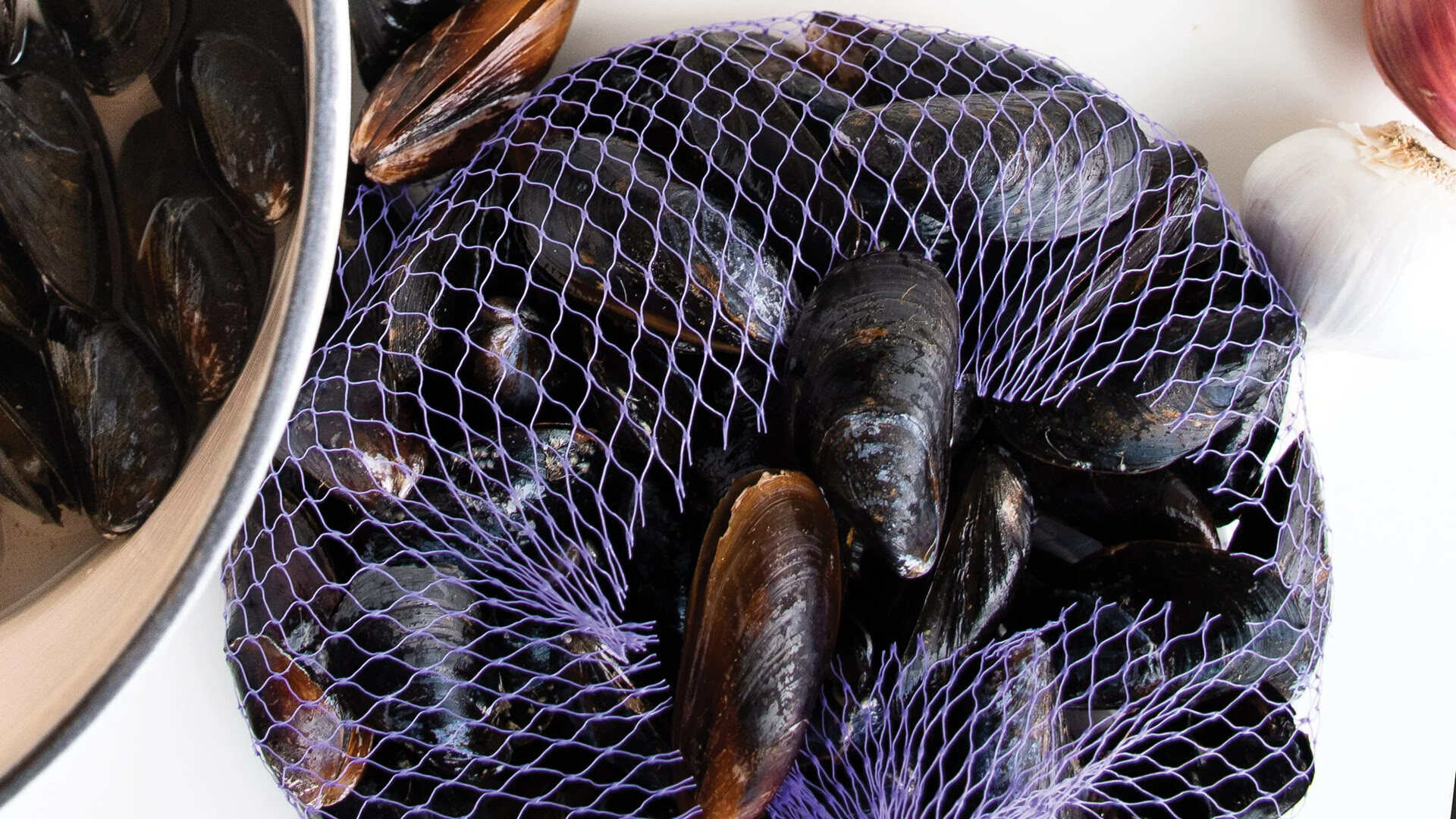

Articles
How To Store Live Mussels
Modified: December 7, 2023
Learn the best techniques and tips for storing live mussels with our comprehensive articles. Keep your mussels fresh and flavorful for your next seafood dish.
(Many of the links in this article redirect to a specific reviewed product. Your purchase of these products through affiliate links helps to generate commission for Storables.com, at no extra cost. Learn more)
Introduction
Welcome to our comprehensive guide on how to store live mussels. If you’re a seafood lover, you know that there’s nothing quite like enjoying a delicious plate of fresh mussels. Whether steamed, grilled, or added to soups and pasta dishes, mussels are a versatile and flavorful seafood option. However, to fully enjoy their taste and texture, it’s crucial to handle and store them properly.
In this article, we will walk you through the steps to ensure your live mussels remain fresh and safe to consume. From choosing high-quality mussels to proper storage techniques, we will provide you with all the information you need to keep your mussels in optimal condition until you’re ready to cook and savor them.
Storing live mussels can be a delicate process. Mussels are sensitive to temperature and moisture changes, so it’s essential to handle them with care to maintain their quality and freshness. By following the guidelines outlined in this article, you can enjoy the best-tasting mussels while minimizing any unpleasant flavors or potential health risks caused by improper storage.
Ready to learn more about how to store live mussels? Let’s dive in!
Key Takeaways:
- Choose high-quality live mussels by checking for closed shells, clean appearance, and a fresh, briny smell. Buying from a reputable source ensures the best taste and safety for your seafood dishes.
- Properly store and handle live mussels by keeping them cool, allowing airflow, and discarding any dead mussels. Refrigerate promptly, avoid submerging in water, and cook thoroughly for a delightful and safe culinary experience.
Read more: How To Store Mussels
Choosing Live Mussels
When it comes to selecting live mussels, freshness is key. Look for mussels that are alive and healthy, as this indicates their quality and taste. Here are some tips to help you choose the best live mussels:
- Buy from a reputable source: Purchase your mussels from a trusted seafood market or supplier. This ensures that you are getting mussels that have been handled and stored properly before reaching your kitchen.
- Check for closed shells: Live mussels have tightly closed shells. Avoid mussels that have shells that are wide open or cracked, as these may be dead or spoiled.
- Give them a tap: Tap the mussels lightly on a hard surface. Live mussels will respond by closing their shells or moving slightly. If a mussel doesn’t close or react to the tap, it may be dead and should be discarded.
- Avoid mussels with a strong odor: Fresh mussels should have a clean and briny smell. If they emit a strong, fishy or ammonia-like odor, it’s best to choose a different batch.
- Look for clean shells: Check for mussels with clean shells, free from barnacles, debris or excessive growth. Clean shells indicate that the mussels have been well-maintained and are less likely to have accumulated bacteria or toxins.
Remember, selecting high-quality live mussels is essential for both taste and safety. Fresh mussels have a sweet and oceanic flavor, so taking the time to choose the best ones will yield a more enjoyable culinary experience.
Preparing Live Mussels
Once you’ve selected your live mussels, it’s important to prepare them properly before storing or cooking. Preparing live mussels involves cleaning them to remove any dirt or debris and ensuring they are healthy and safe to consume. Here’s how to prepare your live mussels:
- Inspect and discard any damaged mussels: Before cleaning, examine each mussel and discard any that have cracked shells, are open and unresponsive to tapping, or have a strong odor. These may indicate spoilage or mortality and should not be consumed.
- Rinse the mussels: Gently rinse the mussels under cold running water to remove any sand, grit, or barnacles that may be on the exterior of their shells. Use your fingers or a soft brush to scrub off any stubborn debris.
- Debeard the mussels (optional): Some mussels have a fibrous “beard” protruding from their shells. While it’s not harmful to consume, you may choose to remove it for aesthetic or culinary purposes. To debeard a mussel, hold it firmly and pull the beard towards the hinge end of the shell. If it doesn’t come off easily, use a sharp knife to gently cut it loose.
- Give them a final rinse: After cleaning and debearding, give the mussels one final rinse to ensure they are free from any debris or loose particles. This will help maintain their quality and prevent unwanted flavors from clinging to the shells during storage.
It’s important to note that live mussels should be prepared immediately before storage or cooking. Preparing them ahead of time and leaving them exposed to air for too long can lead to a decline in quality and increase the risk of spoilage.
By following these simple steps, you can ensure that your live mussels are clean and ready to be stored or cooked, allowing you to enjoy their delicious flavor to the fullest.
Storing Live Mussels
Properly storing live mussels is crucial to maintain their freshness and ensure they remain safe to consume. Mussels are highly perishable, so it’s important to minimize temperature fluctuations and provide them with the ideal storage environment. Here’s how to store live mussels:
- Keep them cool: Live mussels should be stored in a cool environment to slow down their metabolism and maintain their freshness. Ideally, store them in the refrigerator at a temperature between 32°F and 40°F (0°C – 4°C).
- Allow for airflow: Mussels need to breathe, so they should not be tightly sealed. Transfer them to a container or a bowl and cover it loosely with a damp cloth or paper towel. This will provide enough ventilation while preventing the mussels from drying out.
- Discard any dead mussels: Before storing, double-check for any mussels that may have died. Give them a gentle tap or squeeze – if the shells don’t close or they feel unusually soft or slimy, they are likely dead and shouldn’t be consumed. It’s best to discard them to avoid any potential contamination.
- Don’t submerge them in water: Unlike other shellfish, mussels are not typically stored in water. They are best kept slightly damp but not submerged. Submerging them in water can suffocate them and lead to spoilage.
- Avoid direct contact with ice: While keeping mussels cool is important, avoid direct contact with ice as it can damage the delicate shells or cause excess moisture. If needed, place a tray of ice beneath the container or bowl to create a cool environment indirectly.
- Store for a minimal period: Mussels are best consumed within 1-2 days of purchase. As they are highly perishable, it’s recommended to cook and consume them as soon as possible for the best flavor and quality.
It’s worth noting that live mussels may naturally open their shells slightly during storage. This does not necessarily mean they are dead or spoiled, as long as they respond to tapping by closing their shells. However, if a mussel remains open and unresponsive, it should be discarded.
By following these storage guidelines, you can preserve the freshness and quality of your live mussels until you’re ready to cook and enjoy them.
Store live mussels in the refrigerator in a bowl covered with a damp cloth. Do not store them in an airtight container or in water, as they need to breathe. Use them within 1-2 days for the best flavor.
Proper Handling of Live Mussels
Handling live mussels correctly is essential to ensure their quality and safety. By following proper handling practices, you can minimize the risk of contamination and maintain the freshness of the mussels. Here are some tips for handling live mussels:
- Keep them refrigerated: From the moment you bring live mussels home, it’s crucial to keep them refrigerated at all times. Store them in the coldest part of your refrigerator to maintain a temperature between 32°F and 40°F (0°C – 4°C).
- Do not store with other seafood: Keep live mussels separate from other types of seafood in your refrigerator. This prevents cross-contamination and helps maintain the integrity of the mussels’ flavor.
- Do not soak in water: As mentioned earlier, mussels should not be submerged in water or stored in airtight containers. This can lead to suffocation, deterioration in quality, and an increased risk of bacterial growth.
- Check for open shells before cooking: Just before cooking, inspect the mussels once again. Any mussels with open shells that do not close when tapped should be discarded, as they may be dead and not safe to consume.
- Cook mussels thoroughly: To ensure the safety of your dish, it’s essential to cook mussels thoroughly. They should be cooked until their shells open fully, indicating that they are cooked through.
- Discard any unopened shells after cooking: After cooking, discard any mussels that remain closed. This is an indication that they were dead before cooking and may not be safe to eat.
- Observe sanitary practices: Always wash your hands thoroughly before and after handling live mussels. This helps prevent the spread of bacteria and maintains a hygienic cooking environment.
Remember, proper handling of live mussels is crucial to prevent foodborne illnesses and ensure the safety of the dish. By taking these precautions, you can enjoy delicious and safely prepared mussels.
Read more: How To Store Cooked Mussels
Frequently Asked Questions
1. How can I tell if a live mussel is safe to eat?
To determine if a live mussel is safe to eat, check for closed shells that respond to tapping or squeezing. If a mussel remains open or doesn’t respond, it may be dead and should be discarded.
2. Can I freeze live mussels?
It is not recommended to freeze live mussels. Freezing can significantly affect the texture and taste of the mussels, resulting in a less enjoyable culinary experience. It’s best to consume them fresh or store them in the refrigerator for a short period.
3. How long can I store live mussels in the refrigerator?
Live mussels are highly perishable and should ideally be consumed within 1-2 days of purchase. It’s recommended to cook and enjoy them as soon as possible for the best quality and flavor.
4. Can I store live mussels in a bowl of water?
No, it’s not recommended to store live mussels in a bowl of water. Mussels are best kept slightly damp, but not submerged in water. Submerging them can suffocate the mussels and lead to spoilage.
5. What can I do with leftover cooked mussels?
If you have leftover cooked mussels, you can incorporate them into various dishes, such as pasta, risotto, chowder, or salads. Ensure that the leftover mussels are properly stored in an airtight container in the refrigerator and consumed within 1-2 days.
6. Can I store live mussels at room temperature?
No, it is not safe to store live mussels at room temperature. They are highly perishable and can spoil rapidly if not kept at the appropriate temperature. Always store live mussels in the refrigerator to maintain their freshness and quality.
7. Can I store live mussels in a plastic bag?
Absolutely not. Storing live mussels in a plastic bag can lead to suffocation and encourage the growth of bacteria, resulting in spoilage. It’s best to transfer them to a container or bowl and cover them loosely with a damp cloth or paper towel.
8. Can I store live mussels in saltwater?
No, it is not necessary nor recommended to store live mussels in saltwater. Mussels are typically saltwater mollusks and do not require additional saltwater for storage. Following the proper storage guidelines outlined in this article will ensure their freshness and safety.
9. Are mussels safe to eat if they don’t open when cooked?
No, mussels that don’t open during cooking should be discarded. This indicates that they were likely dead before cooking and may pose a health risk if consumed.
10. Can I reuse the cooking liquid from mussels?
Yes, the cooking liquid from mussels can be reused to enhance the flavor of other dishes, such as soups or sauces. However, make sure to strain the liquid to remove any debris or shell fragments before using it.
It’s essential to handle and store live mussels properly for the best taste and safety. These FAQs address common concerns and provide guidance on how to enjoy mussels at their finest.
Conclusion
In conclusion, storing live mussels properly is essential to maintaining their quality, freshness, and safety. By choosing high-quality mussels, preparing them correctly, and storing them in optimal conditions, you can ensure a delightful seafood experience. Remember to keep the mussels cool, allow for proper airflow, and discard any dead or damaged mussels before storing or cooking.
Proper handling of live mussels is equally important. Always refrigerate them promptly, avoid submerging them in water, and cook them thoroughly before consumption. Practicing good sanitation habits and adhering to recommended storage and handling guidelines will help you enjoy delicious and safe mussels every time.
Whether you’re preparing a seafood feast or simply want to indulge in a flavorful dish, following these steps will guarantee the best possible taste and quality. Enjoy the flavors of the sea as you savor the delectable aroma and taste of fresh mussels.
So, the next time you bring home live mussels, remember to choose wisely, handle them with care, and store them properly. With these tips and techniques, you can elevate your culinary skills and create memorable meals with these delectable shellfish. So go ahead, grab your fresh mussels, and let your taste buds embark on a delectable journey!
Frequently Asked Questions about How To Store Live Mussels
Was this page helpful?
At Storables.com, we guarantee accurate and reliable information. Our content, validated by Expert Board Contributors, is crafted following stringent Editorial Policies. We're committed to providing you with well-researched, expert-backed insights for all your informational needs.
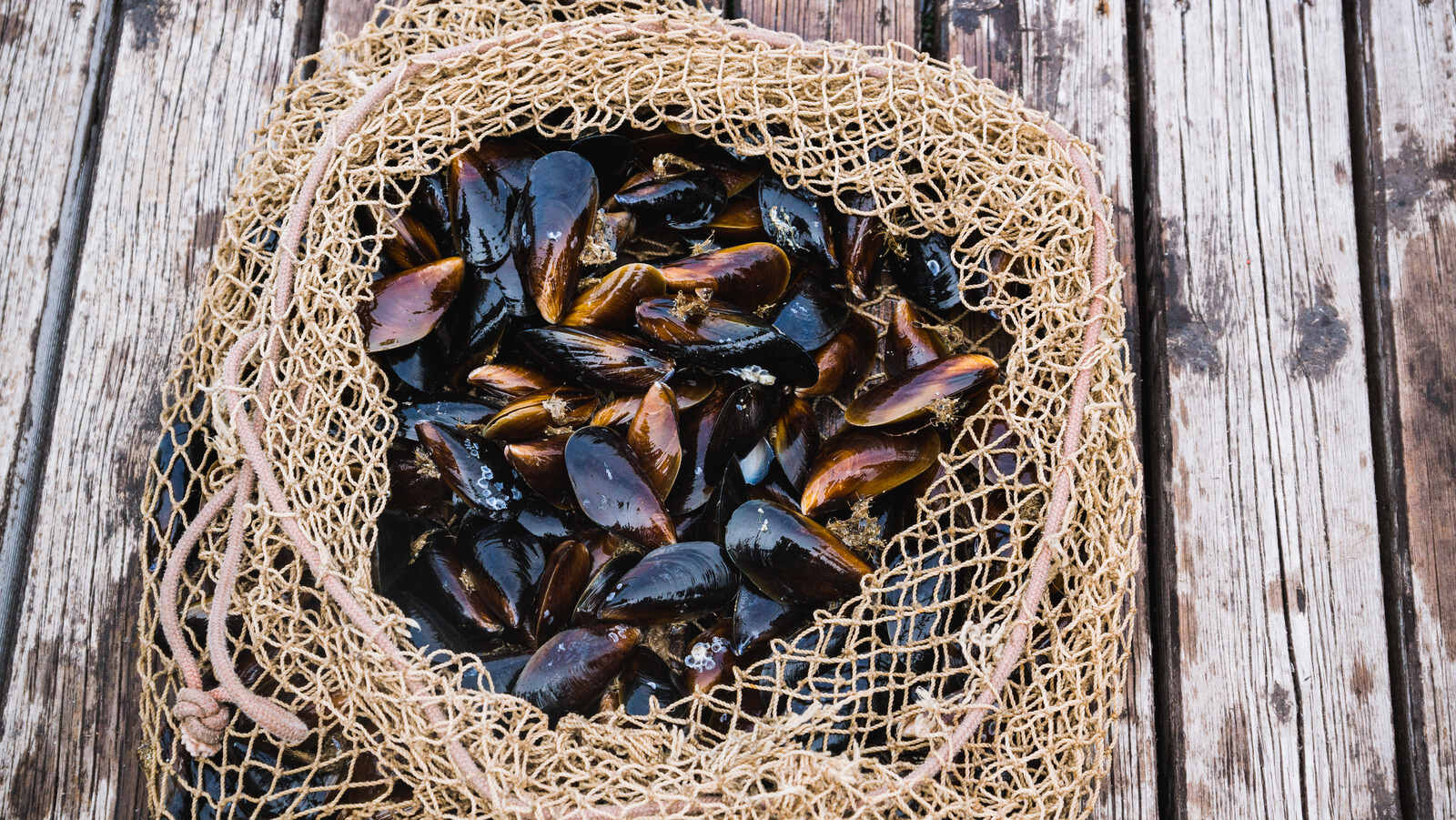

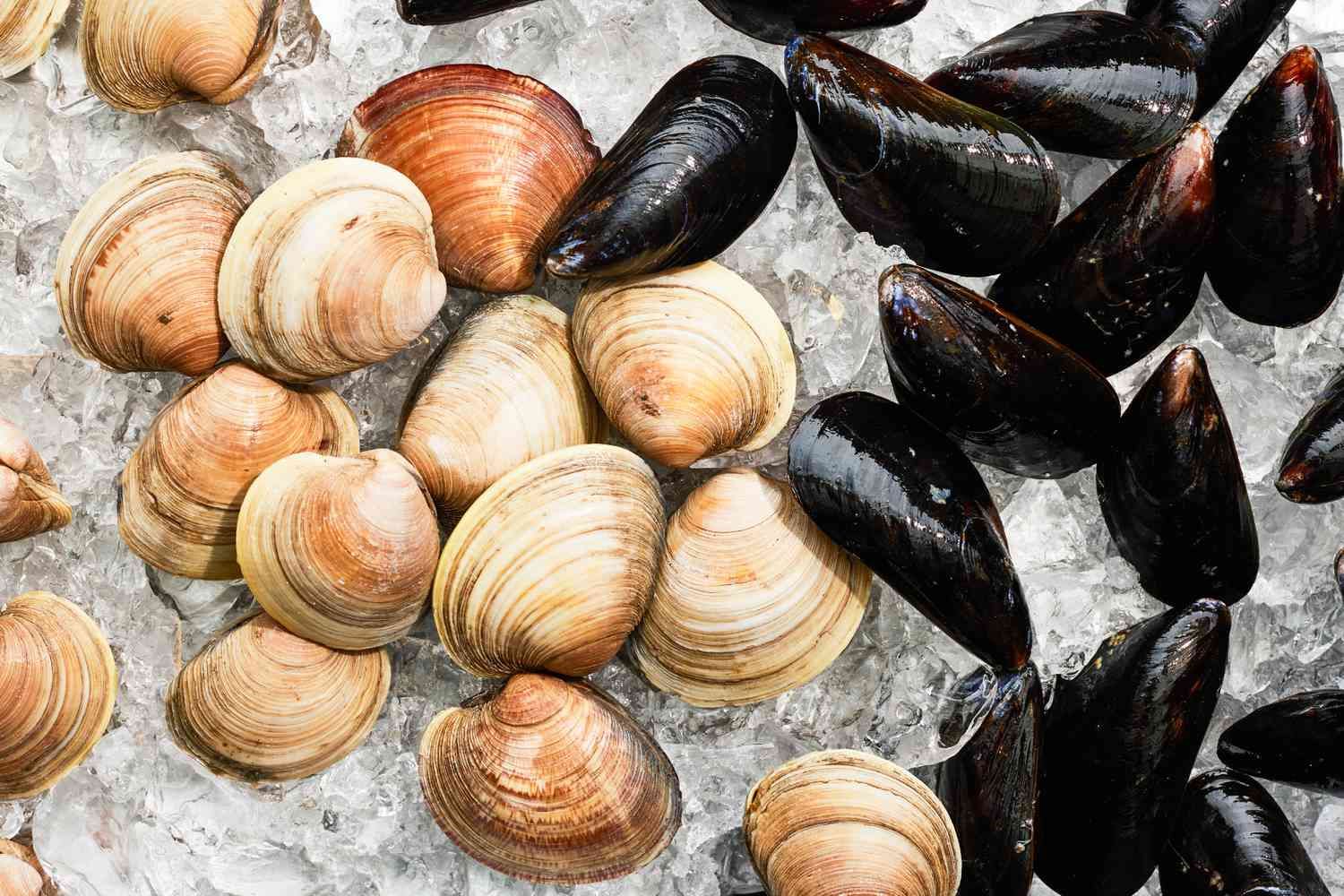
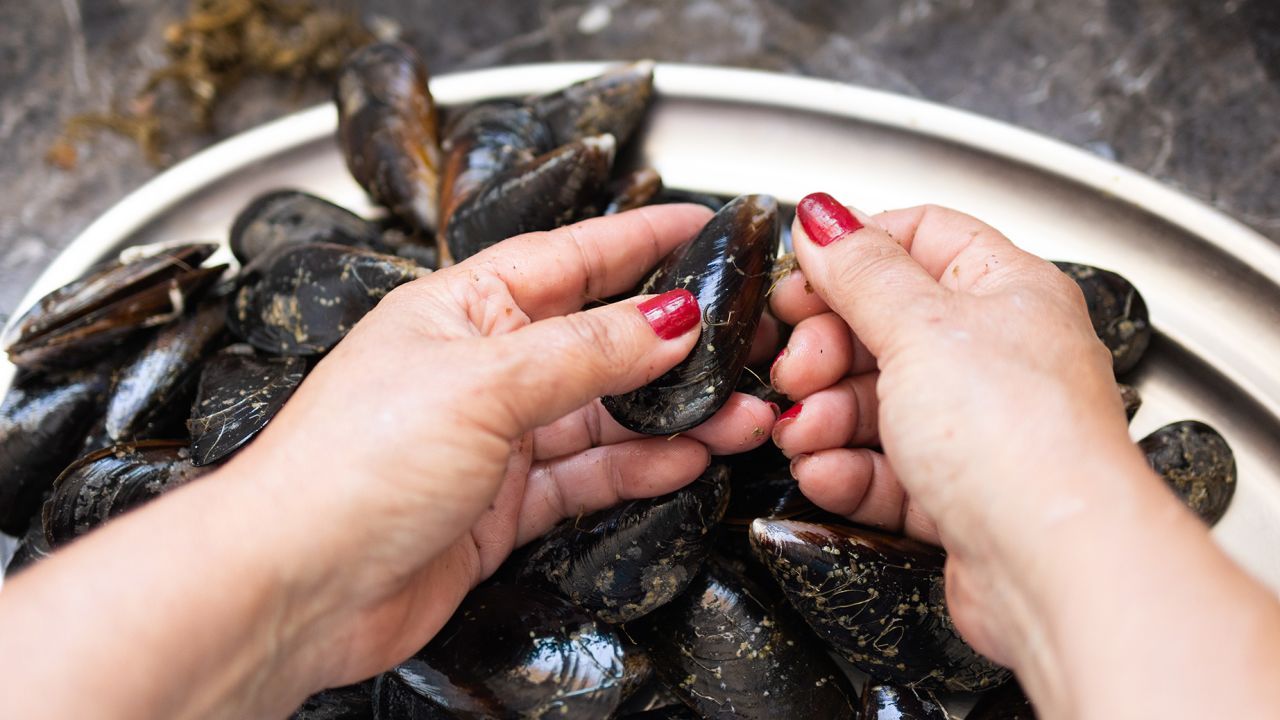
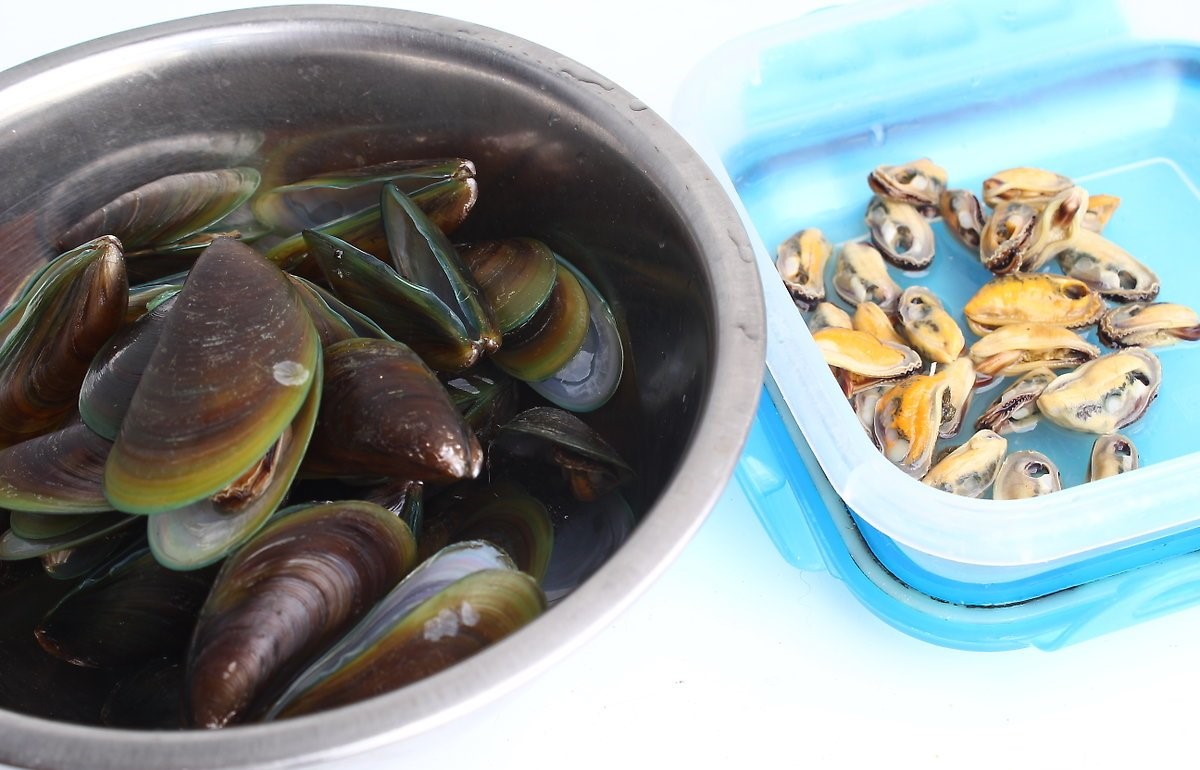
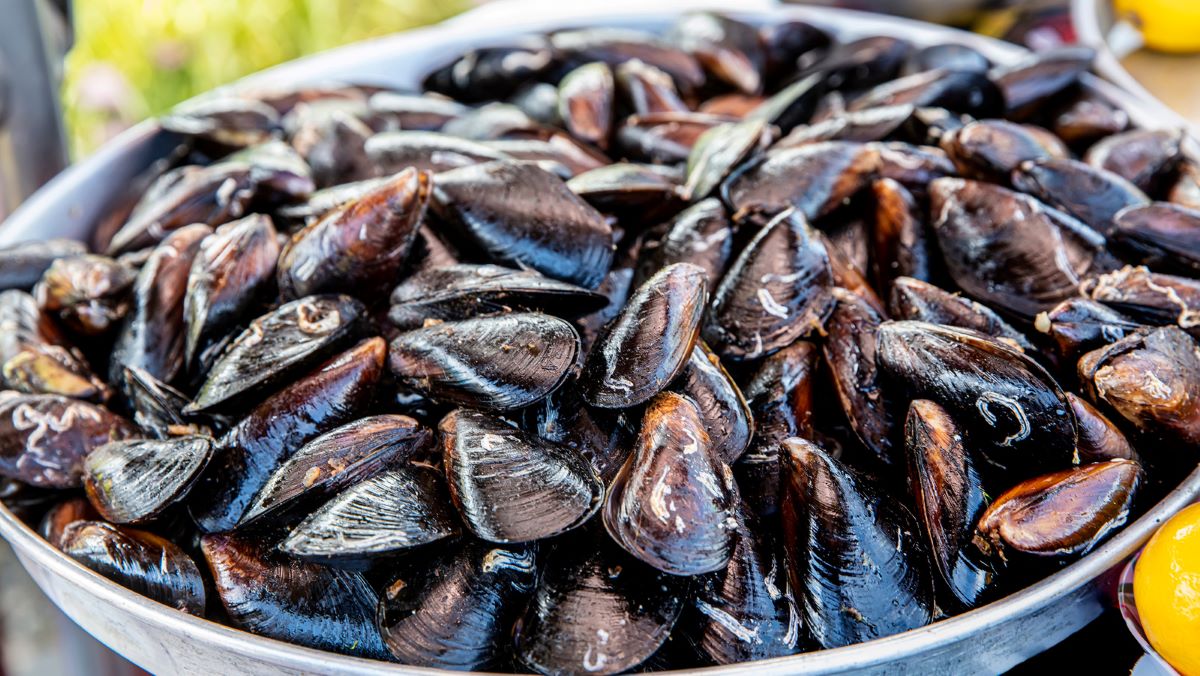
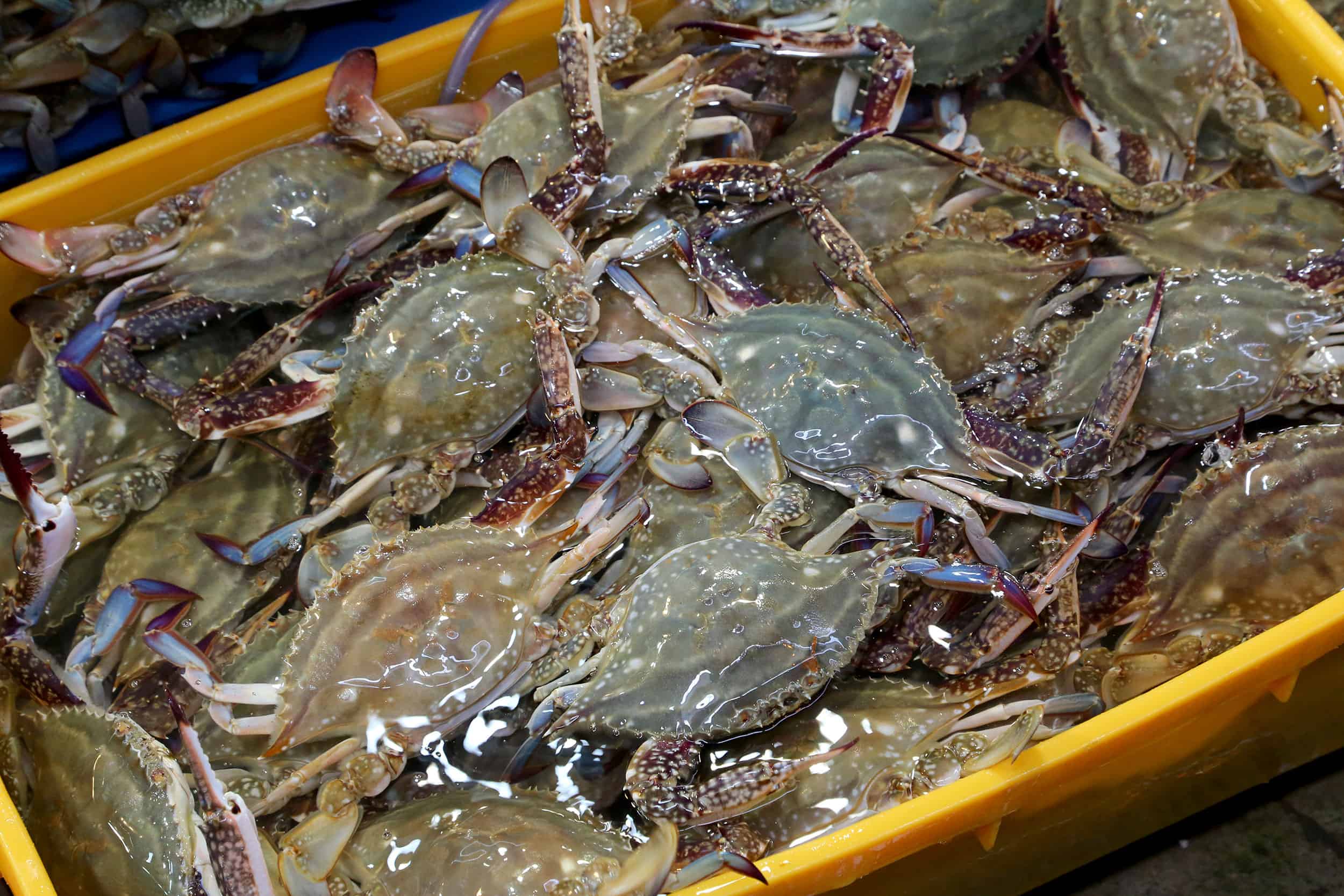
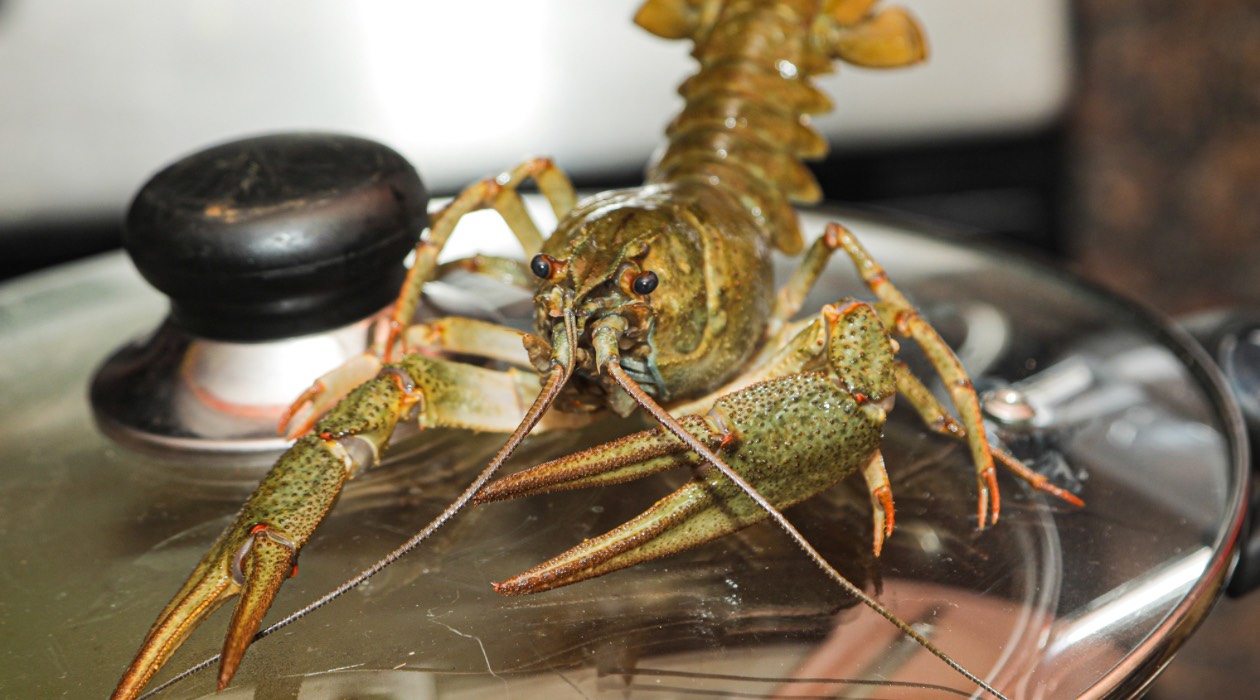
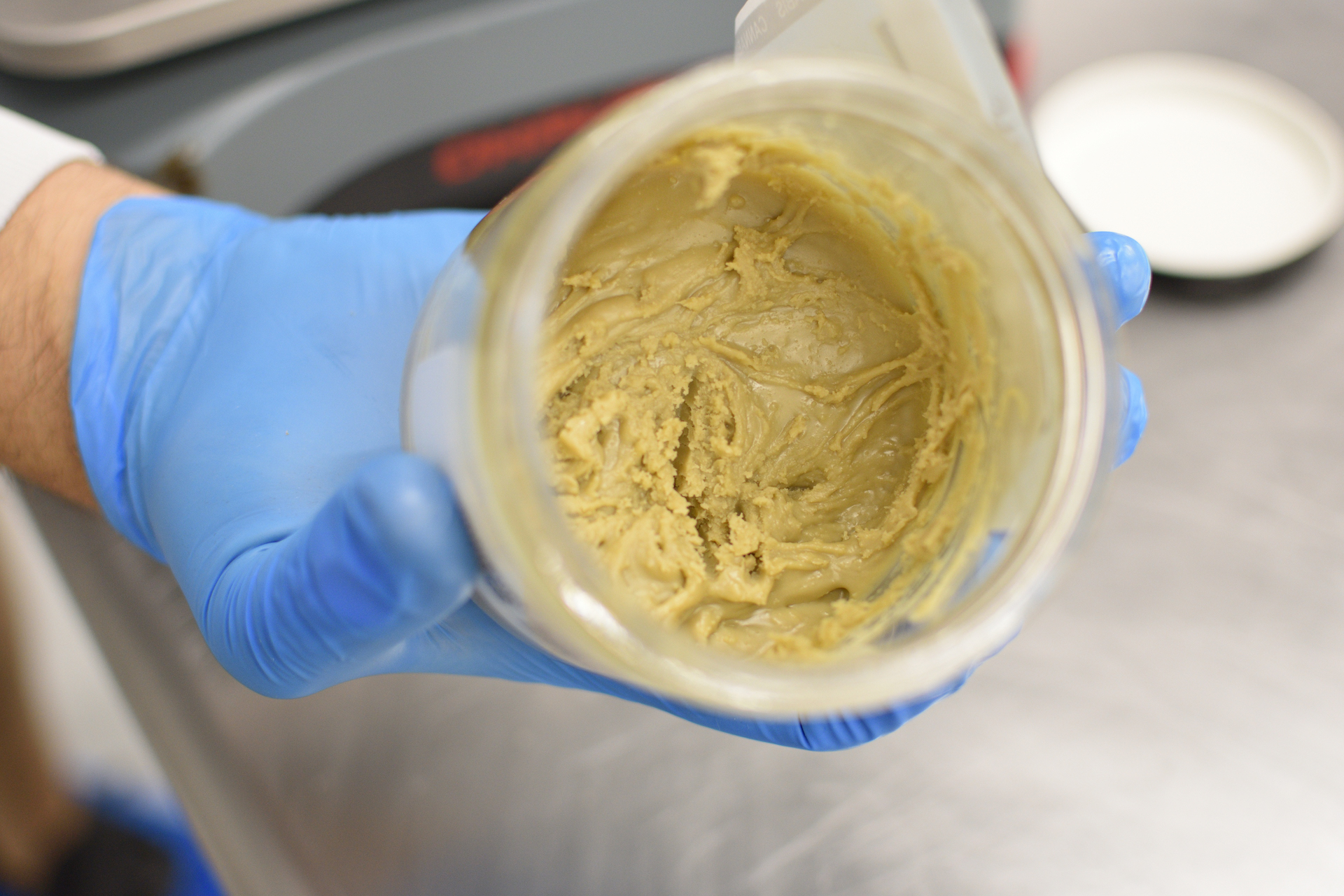
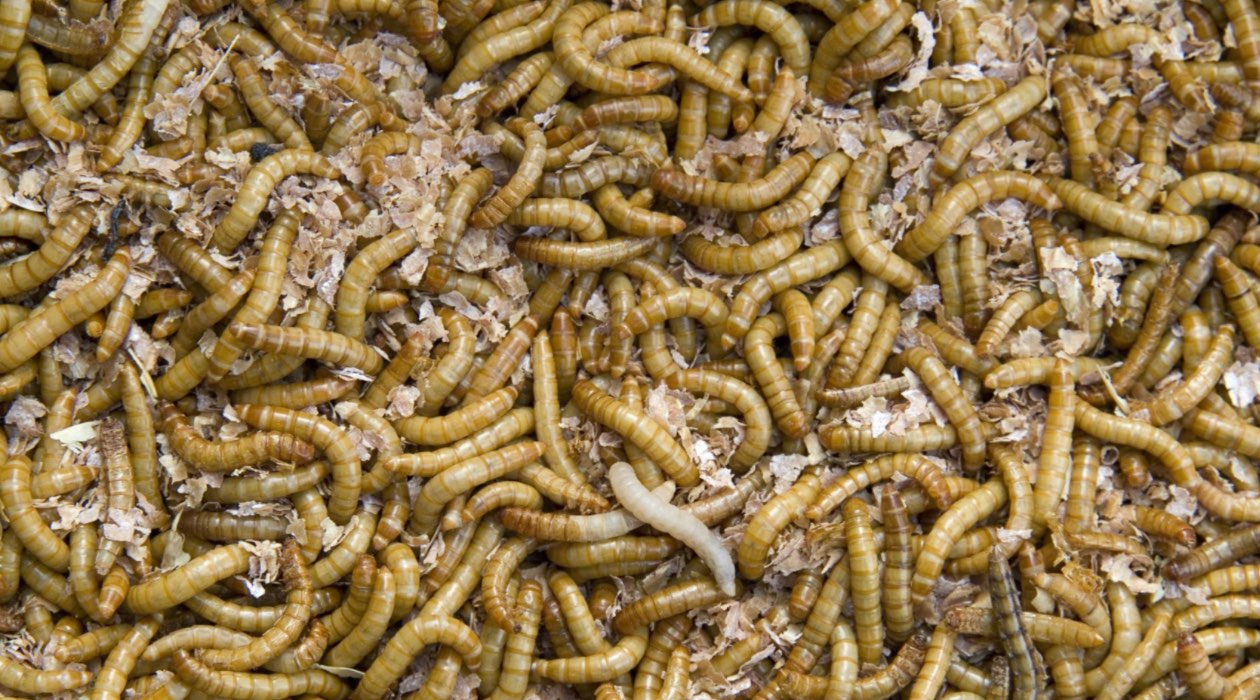
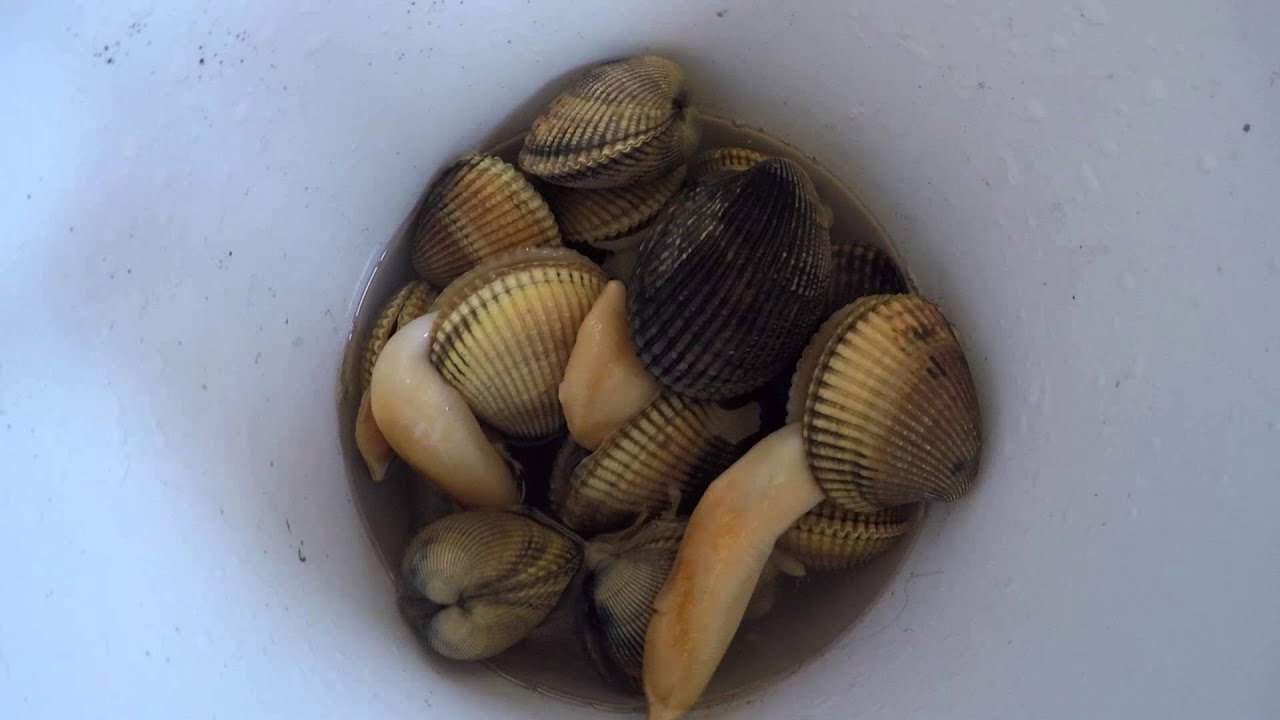
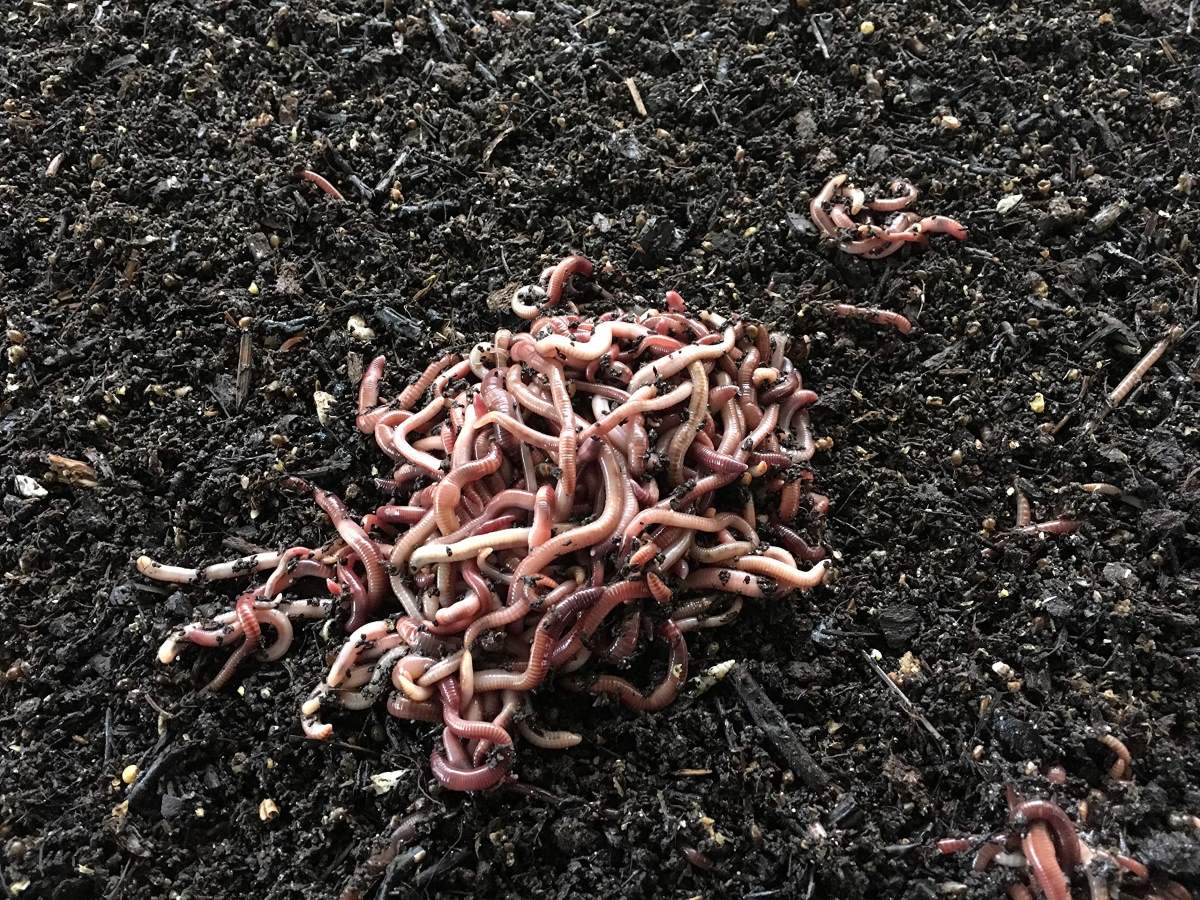



0 thoughts on “How To Store Live Mussels”